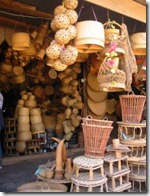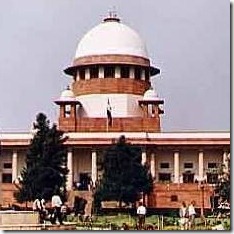 New Delhi, Sep 2 : Union Home Minister P.Chidambaram said here on Wednesday that the Centre has deployed 12 additional companies of Central Paramilitary Forces (CPMF) for security of National Highways 39 and 53 on request of Manipur and Nagaland governments.
New Delhi, Sep 2 : Union Home Minister P.Chidambaram said here on Wednesday that the Centre has deployed 12 additional companies of Central Paramilitary Forces (CPMF) for security of National Highways 39 and 53 on request of Manipur and Nagaland governments.
The 12 CPMF comprise six companies of Central Reserve Police Force and six companies of Border Security Force.
Speaking on the issue of internal security, the Home Minister informed reporters about the North East, Jammu and Kashmir, and on the issue of Left Wing Extremism.
About northeast, the Home Mininster informed that a committee has been set up on August 10, 2010 to examine various issues related to Chakmas / Hajongs, which include their settlement in Arunachal Pradesh and grant of Indian citizenship to eligible members.
A tripartite agreement was signed with a Meitei outfit in Manipur, the Kangleipak Communist Party (Military Council) - Lallumba faction on August 6, 2010, he said and added: "As a result, 114 cadres surrendered with 81 weapons."
The Home Minister said, "Measures are being taken to rehabilitate all surrendered cadres."
He also informed that the tripartite SoO (Suspension of Operations) with the Kuki National Organisation (KNO) and the United People's Front (UPF) was extended by 45 days on August 22, 2010.
"This agreement has been in effect since August 22, 2008," Mr. Chidambaram informed this today while presenting the report card for the month of August.
Speaking about the Amarnath pilgrimage held in Jammu and Kashmir, the Home Minister said: "The annual Amarnathji Yatra concluded on August 24, 2010. Since July 1, 2010 a total of 458,000 pilgrims visited the shrine. Full security was provided to the yatra and no incident of violence was reported." (ANI)

















